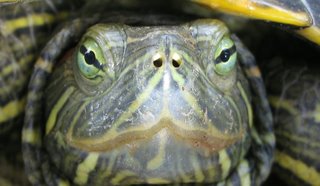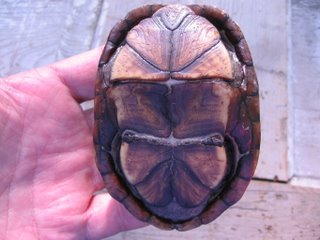Confrontations
 any experiences does it take? Ironically, both of these birds will raid and consume other bird’s nestlings and eggs. Shoe on the other foot, comes to mind, if shoes apply here.
any experiences does it take? Ironically, both of these birds will raid and consume other bird’s nestlings and eggs. Shoe on the other foot, comes to mind, if shoes apply here. In like manner, this morning there was a great screeching and yelling by two red-shouldered hawks as they chased a couple of crows - could be the same two hawks that nested nearby last year. I suspect the same situation as the jay/woodpecker above – with the hawks taking issue with the crows hanging around a nesting area. Crows may be one of the most successful opportunists when it comes to food - anything, almost, goes. Again, the chase was not a casual drifting around through the trees, it was a very intense acrobatic swirling and swooping that resulted in the crows (yelling loudly all the time) leaving the area with the hawks, also yelling loudly, close (but no cigar) behind. Nobody got caught as far as I could see. I imagine hawks eat crow with few reservations.
Turtles are moving around. An eastern mud turtle (Kinosternon subrubrum) crossed the driveway and was detained for pictures, and the red-eared
 sliders are sunning on logs on the river –notice all the scars on the face when you see it up close and not-too-personal. Life ain’t easy down in the murky depths, I guess. Can’t always see what you are about to run into as you forage in the dark water, and some of those things bite back.
sliders are sunning on logs on the river –notice all the scars on the face when you see it up close and not-too-personal. Life ain’t easy down in the murky depths, I guess. Can’t always see what you are about to run into as you forage in the dark water, and some of those things bite back. Alligator eyes are on the river at night, now. Small ones, so far. They won’t like the 40 degree nights we will have this week, but then again they won’t need to eat much then, either.
The river is at 5.8 now on the Butte La Rose gauge, going to 8.7 by Saturday. This looked good for a little while but the Ohio and Mississippi are leveling out and don’t seem to be able to sustain a good rise. Meantime, crawfish are $20 an order (four pounds) at some restaurants. Come on, they aren’t THAT good.
Rise and Shine, Jim


0 Comments:
Post a Comment
<< Home